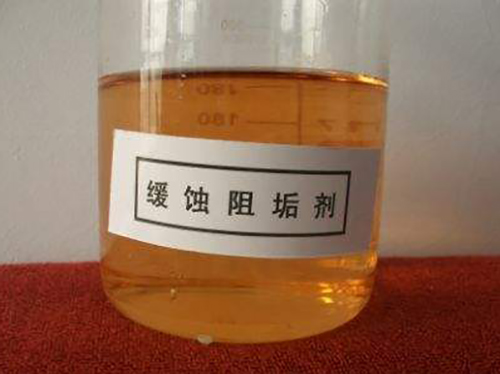polyacrylamide formation
Understanding Polyacrylamide Formation A Comprehensive Overview
Polyacrylamide is a synthetic polymer that has gained immense popularity in various industries due to its exceptional properties and versatility. This article delves into the formation of polyacrylamide, exploring its synthesis, characteristics, applications, and potential environmental impact.
1. Synthesis of Polyacrylamide
The formation of polyacrylamide occurs through the polymerization of acrylamide monomers. This process can be initiated via free radical mechanisms, typically involving a chemical initiator such as potassium persulfate or a thermal initiator. The general equation for the polymerization reaction can be represented as follows
n CH2=CHCONH2 → [-CH2-CH(CONH2)-]n
In this equation, n represents the number of repeating units, indicating that polyacrylamide is a linear polymer formed through the covalent bonding of acrylamide molecules.
Polyacrylamide synthesis can take place under various conditions, including aqueous or organic solvents, and can be categorized into two main types nonionic and ionic polyacrylamides. Nonionic polyacrylamide is produced from acrylamide without any charged substituents, while ionic polyacrylamide includes anionic or cationic groups, affecting its solubility and interaction with other substances.
2. Characteristics of Polyacrylamide
Polyacrylamide exhibits several noteworthy characteristics that contribute to its widespread usage
- Water Solubility One of the most significant attributes of polyacrylamide is its high solubility in water, allowing for easy application in various aqueous processes.
- Viscosity Polyacrylamide solutions can increase the viscosity of water. This property is particularly beneficial in applications such as thickening agents in the oil and gas industries or paper manufacturing.
polyacrylamide formation

- Gel Formation When crosslinked, polyacrylamide can form a gel-like structure, which is essential in applications like electrophoresis and controlled drug delivery systems
.- Biocompatibility Although polyacrylamide is a synthetic polymer, it has shown good biocompatibility, making it suitable for biomedical applications, including tissue engineering and drug delivery.
3. Applications of Polyacrylamide
The versatility of polyacrylamide allows for its use in a multitude of applications across various sectors
- Water Treatment Polyacrylamide is widely used in water treatment processes as a flocculant to aid in sedimentation, enhancing the clarification of drinking water and wastewater.
- Agriculture In agriculture, it is utilized to improve soil stability and moisture retention, promoting better crop yields and efficient water usage.
- Cosmetics and Personal Care The cosmetic industry leverages polyacrylamide's thickening and stabilizing properties to enhance the texture and performance of lotions, creams, and gels.
- Biomedical Applications In the medical field, polyacrylamide is used for drug delivery systems, tissue scaffolding, and as a medium for gel electrophoresis, essential for DNA and protein separation.
4. Environmental Impact and Safety Considerations
While polyacrylamide offers numerous benefits, it is crucial to consider its environmental impact. The polymer itself is generally regarded as non-toxic, but its breakdown products can pose concerns. Upon hydrolysis, acrylamide can release toxic monomers, which can have adverse effects on aquatic life and human health. Therefore, careful handling, disposal, and monitoring are essential during its production and use.
In conclusion, the formation of polyacrylamide is a significant achievement in polymer science, leading to a range of beneficial applications across diverse industries. Its unique properties make it an invaluable material; however, continuous research and responsible practices are imperative to mitigate potential environmental risks. Understanding the intricacies of polyacrylamide formation and its multifaceted applications will enable us to harness its benefits while ensuring safety and sustainability in its use.
-
Understanding Polycarboxylic Acids: Properties, Applications, and Future PotentialNewsJul.28,2025
-
Scale Inhibitor Explained: How to Protect Your System from Limescale and Hard Water DamageNewsJul.28,2025
-
Scale and Corrosion Inhibitors: Essential Chemicals for Industrial Water System ProtectionNewsJul.28,2025
-
Polyaspartic Acid: A Biodegradable Polymer for Sustainable ChemistryNewsJul.28,2025
-
Isothiazolinones: A Versatile Antimicrobial Class with Industrial Power and Regulatory ChallengesNewsJul.28,2025
-
A Deep Dive into 2-Phosphonobutane-1,2,4-Tricarboxylic Acid (PBTC)NewsJul.28,2025





